News, research and analysis, opinion pieces and other resources from International Campaign for Tibet
1047 Results
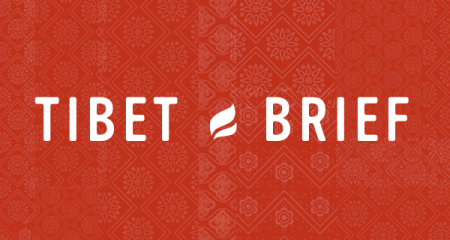
Tibet Brief – Edition 55
In this edition: China Demolishes Tibet’s Largest Buddhist Academy Larung Gar; EU and China Hold their 18th Summit in Beijing; Dalai Lama’s 81st Birthday: Quiet Tributes in Tibet, Celebration Broken Up in Nepal; 2016 ‘Lhasa Consensus’ Draws Foreign Delegates to Endorse Beijing Propaganda on Tibet (…)
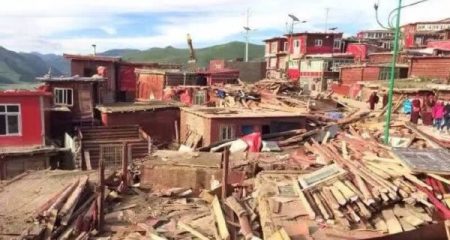
Demolitions begin at Larung Gar, ‘monastery for the world’, as religious teachers urge calm
Demolitions of monks’ and nuns’ dwellings began at the important Buddhist center of Larung Gar in eastern Tibet, one of the world’s largest monastic institutions with a population of thousands of Chinese and Tibetan practitioners.

Council conclusions on EU strategy on China
European Council conclusions on EU strategy on China adopted on 18 July 2016.
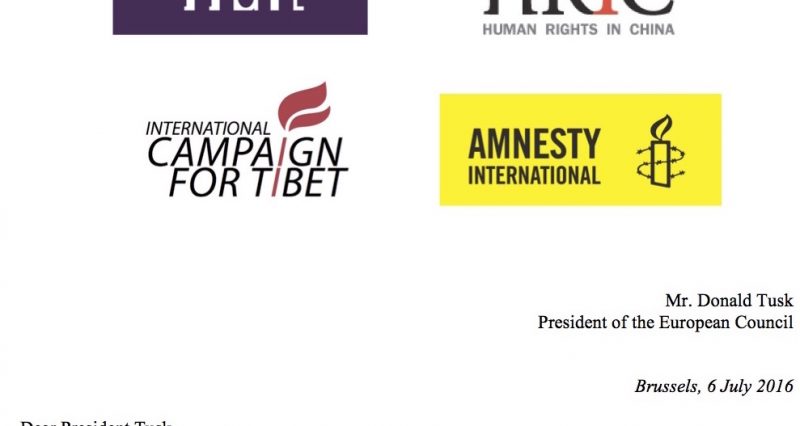
Joint NGO Letter to the President of the European Council ahead of 18th EU-China Summit
Ahead of the 18th EU-China Summit, which will take place in Beijing on 12 and 13 July, the International Campaign for Tibet (ICT), along with three other NGOs, sent a letter to the President of the European Council Donald Tusk, urging him to ensure that human rights remain at the centre of EU – China relations.

Tibet Brief – Edition 54
In this edition: ICT holds High-Level Roundtable on Counter-Terrorism in China; Beijing Bars German Parliament Human Rights Committee Chairman from China because of Tibet-related Events and Articles; His Holiness the Dalai Lama Meets President Obama in Washington DC; Composition of the New Tibetan Government in Exile Announced; ICT Highlights China’s Repressive Policies and “Security Architecture” in Tibet at UN Human Rights Council 32nd Session; Tibetan Protest Leaders Hospitalised as Chinese Police Suppress Demonstrations against Mining Project in Amchok (…)

EU Statement at UNHRC32: Human Rights situation that require the Council’s attention
EU Statement at the 32th Session of the United Nations Human Rights CouncilItem 4 – Human Rights situation that require the Council’s attention22 June 2016 (…) In China, the on-going detention and harassment of human rights defenders, lawyers, journalists and labour rights defenders and their families remains a major concern. Individuals detained for seeking to […]
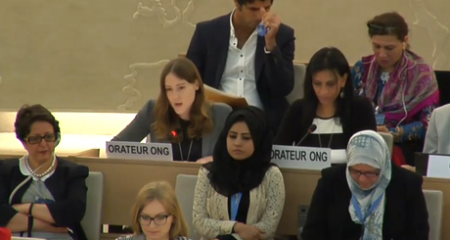
ICT Highlights China’s Repressive Policies and “Security Architecture” in Tibet at UN Human Rights Council Session
At the ongoing session of the United Nations Human Rights Council in Geneva (32nd Session), ICT once again highlighted issues pertaining to China’s repressive policies in Tibet.
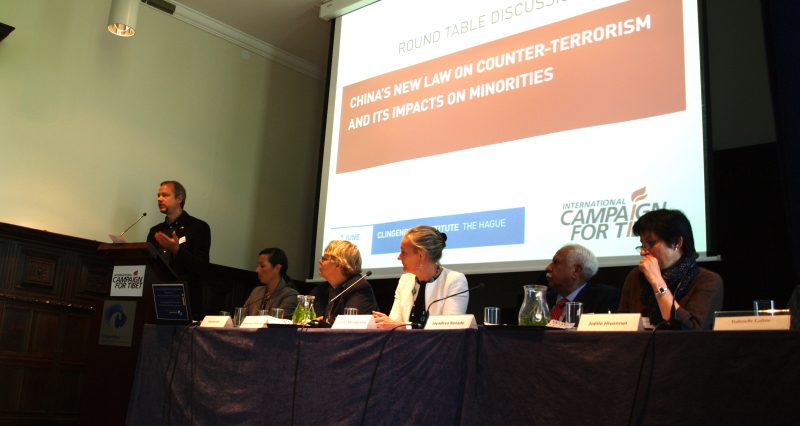
ICT holds High-level Roundtable on Counter-Terrorism in China
Following the adoption of a highly controversial law on counter-terror in China at the end of last year, the International Campaign for Tibet (ICT) held a high-level roundtable discussion on the issue on 7 June 2016 in the Clingendael Institute in The Hague.

President Barack Obama meets with His Holiness the Dalai Lama
President Barack Obama met with the Dalai Lama this morning (June 15, 2016), marking the fourth time the two Nobel Peace Prize Laureates have met at the White House since Obama took office.

China Pressures Europe to Stay Silent on Human Rights
This op-ed by Kai Müller, Executive Director of the International Campaign for Tibet in Germany, explains how China’s attempts to export its censorship and authoritarianism raise serious questions for all European countries.